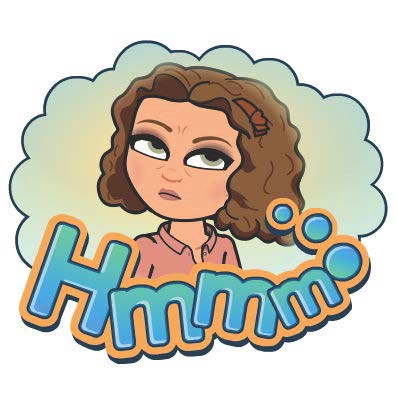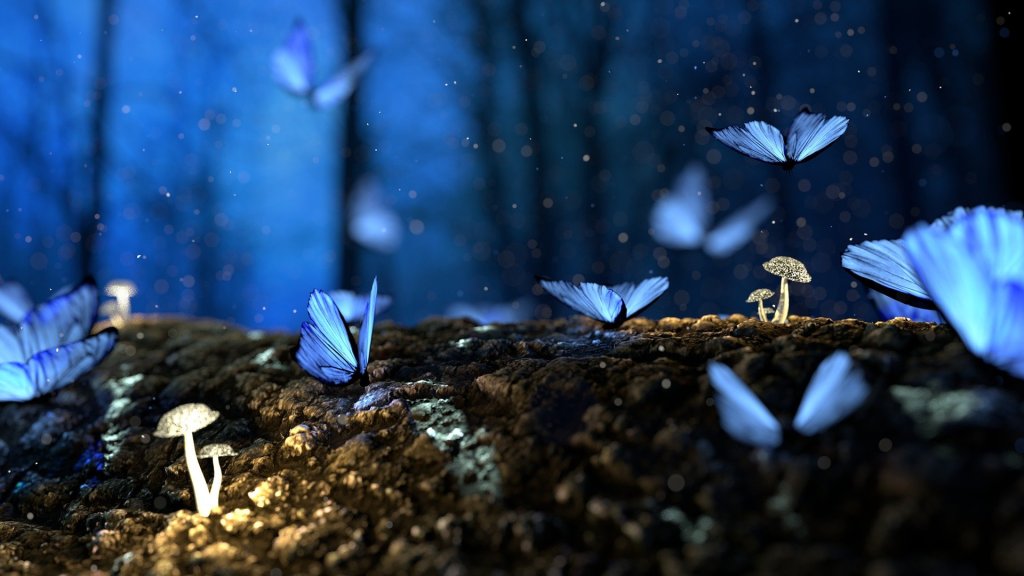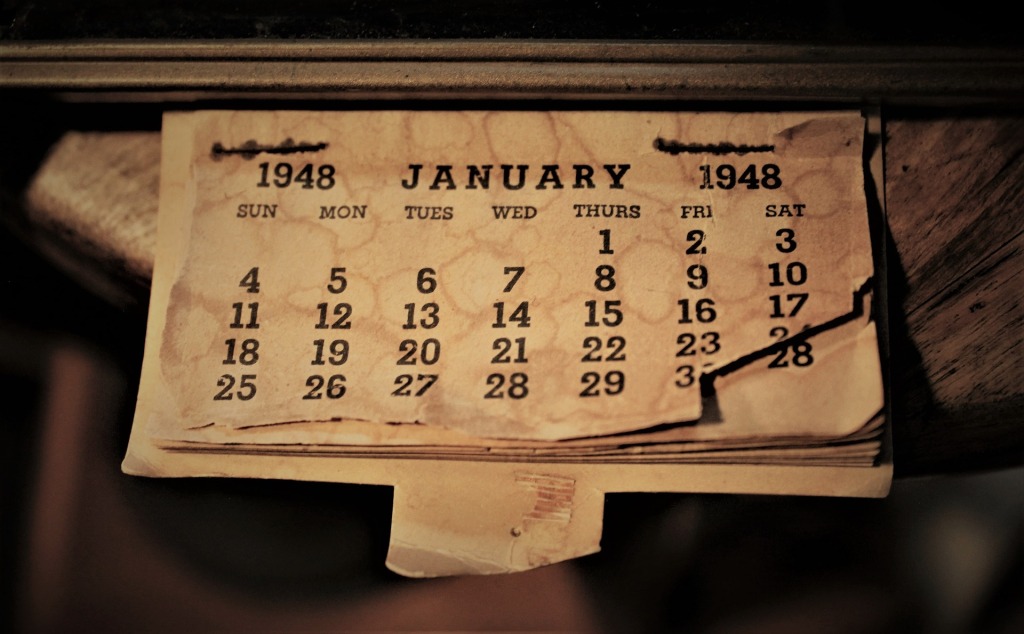My husband and I bought 7 acres a little over two years ago now with the dream of building our forever home and establishing a hobby farm/homestead. Unfortunately, we’ve had to wait that bit longer thanks to covid, but there appears to be light at the end of the tunnel and we’re hoping things might finally get underway in the second half of this year.
One aspect of the land is it’s completely treeless. There is a border of struggling conifers along the train line at the back of the property, but otherwise, there isn’t a single tree on the entire 7 acres. We have grand plans to rectify this, but I do sometimes wish we had even just a small grove of trees already established.
Because who doesn’t love a forest? And in particular a fantasy forest full of wonderful surprises, odd little plants, and of course all the amazing creatures likely to be living there.

And who doesn’t love the idea of fairies living at the bottom of the garden?
That’s partially why I created Iatriel in The Ancient Wish. Forests seem to be magical in and of themselves, so the idea of there being a tiny society living within the forest is what created the Squifflets. Fairies are perhaps traditional, and a classic, but I gave Squifflets the attributes of beetles and had them living in abandoned webs to differentiate them a little more.

I don’t think it matters as to the location of a forest, there’s always that sense of magic whenever you step into one.
As for a forest of my own, it might take a few years to establish, but I definitely plan on having some kind of forest, fantasy or otherwise, growing on our property.
Let me know what you think in the comments below:


















